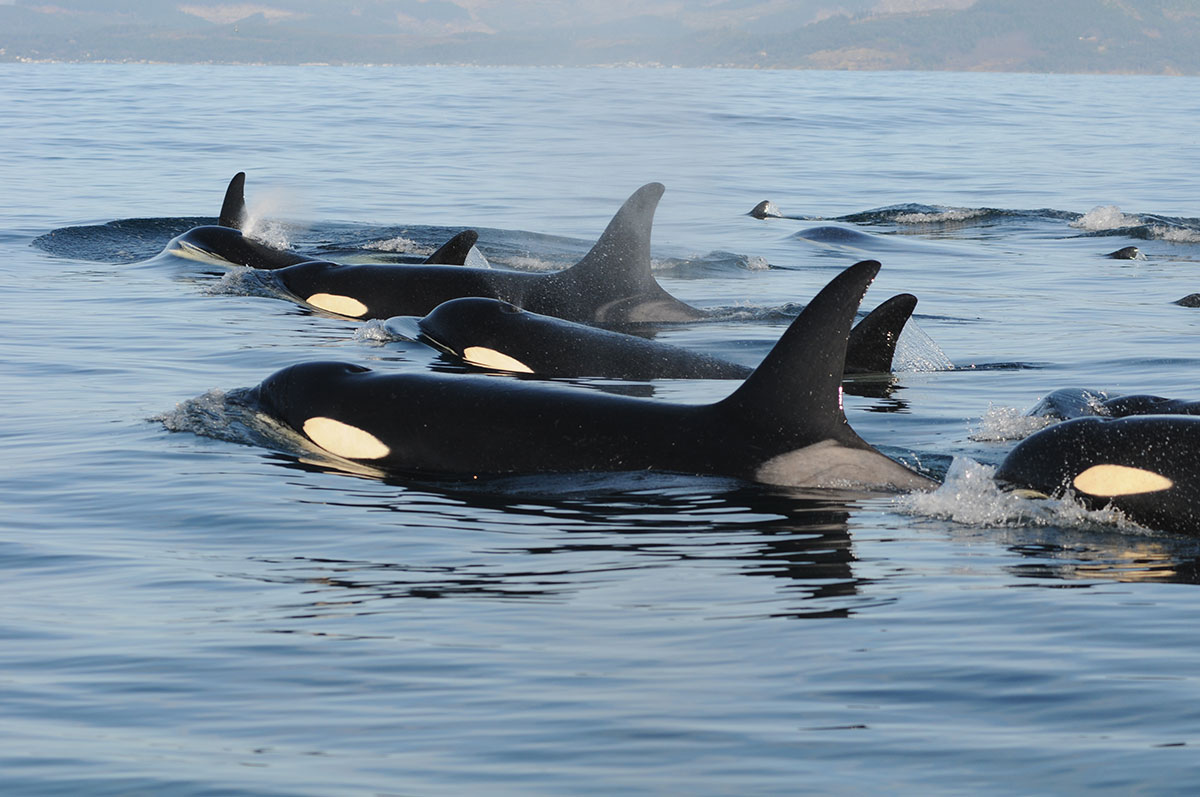Regional Goals
The CCIEA is an interdisciplinary research effort led by U.S. West Coast NOAA scientists. Our goal is to provide science support for ecosystem-based management of the California Current – a complex ecosystem in which natural and human systems are inextricably linked.
We’ve broadly identified and adopted the following ecosystem endpoints for the California Current Ecosystem.
Ecosystem Integrity
The structure and function of marine and coastal ecosystems and ecological communities.
Resilient and Economically Viable Coastal Communities
Social, economic and cultural well-being and human health as it is tied to the marine environment.
Wild Fisheries
Condition of fishery stocks included in Pacific Fishery Management Plans: Coastal Pelagic Species, Highly Migratory Species, Groundfish, and Pacific Salmon.
Protected Species
Species with special protection as designated by the Endangered Species Act, Marine Mammal Protection Act, Migratory Bird Act, etc.
Habitat
Biogenic and abiotic habitats both on the seafloor and in the water column.

What is Ecosystem Based Management?
Ecosystem based management (EBM) is a holistic approach to environmental management that considers the entire array of interactions within an ecosystem, including human.
For more information, see the national EBFM page and examples of EBM on the West Coast.
What is IEA and how can it support Ecosystem Based Management?
Integrated ecosystem assessment (IEA) is a framework used for organizing the science needed to inform EBM decisions (Levin et al. 2009; Harvey et al. 2017).
For more information, see the national IEA home page.
CCIEA: Regional Issues
Human population growth patterns, global economic trends, climate change, natural population dynamics, and evolving human preferences all interact to drive issues unique to coastal communities and marine resources in the California Current.
Management Support and Partners
IEA indicators are designed to assess the status of the entire system (Ecosystem Status Reports), and to interpret and communicate these changes throughout the region. We then develop tools, such as risk assessments and quantitative models that help predict how changes in human activities or system drivers (e.g., ocean climate shifts, changing human population) affect components of the ecosystem, and evaluate the implications of a suite of alternative management decisions and strategies.
We develop these integrated science products for management partners such as the Pacific Fishery Management Council which supports EBFM and Fishery Ecosystem Plans, NMFS-West Coast Region Protected Resources Division which manages protected species, the National Marine Sanctuary system which oversees several large marine sanctuaries, as well as other states, tribes, Sea Grant offices, and related partners in support of ecosystem-based management.
How do we conceptualize the California Current ecosystem in a way that helps us study and monitor it?
To better support the interdisciplinary dialogue necessary for a successful IEA process, we conceptualize the California Current as a social-ecological system which explicitly acknowledges linkages and feedbacks between human and biophysical systems at multiple scales (figure 1; Levin et al. 2016).
